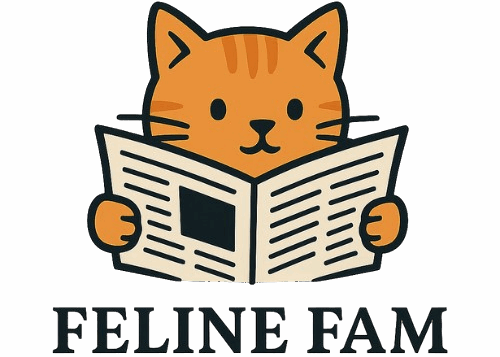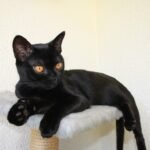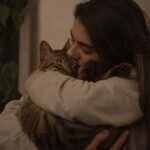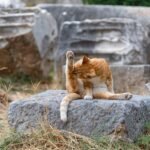Have you ever caught your cat staring at you with those mysterious, unblinking eyes, or kneading on your lap as if making invisible biscuits? It turns out, cats are masters of silent communication. Their world is a symphony of tail flicks, ear twitches, and body language that speaks volumes—if you know how to listen. For anyone who’s ever wondered what’s going on behind those feline eyes, this guide will open a new door. You’ll be surprised, even amazed, at the subtle ways your cat tells you everything from “I love you” to “Back off!”—all without ever making a sound.
The Power of the Tail

A cat’s tail is like a mood ring—except way more expressive. When your cat’s tail is held high and straight, it’s a sign they’re feeling confident and happy, almost like they’re waving hello. If the tail puffs up and looks like a bottlebrush, that’s a clear signal of fear or excitement, kind of like when we get goosebumps. A slow, gentle swish might mean curiosity or mild annoyance, but a rapid, whipping tail is a red alert for irritation. Sometimes, cats wrap their tails around you or another cat, almost like a hug or handshake—a silent gesture of connection. If you see your cat tucking its tail under the body, that’s usually a sign of nervousness or submission. Next time you see your cat’s tail in action, pay attention—it’s their secret antenna, tuning into and broadcasting their feelings.
All About the Eyes
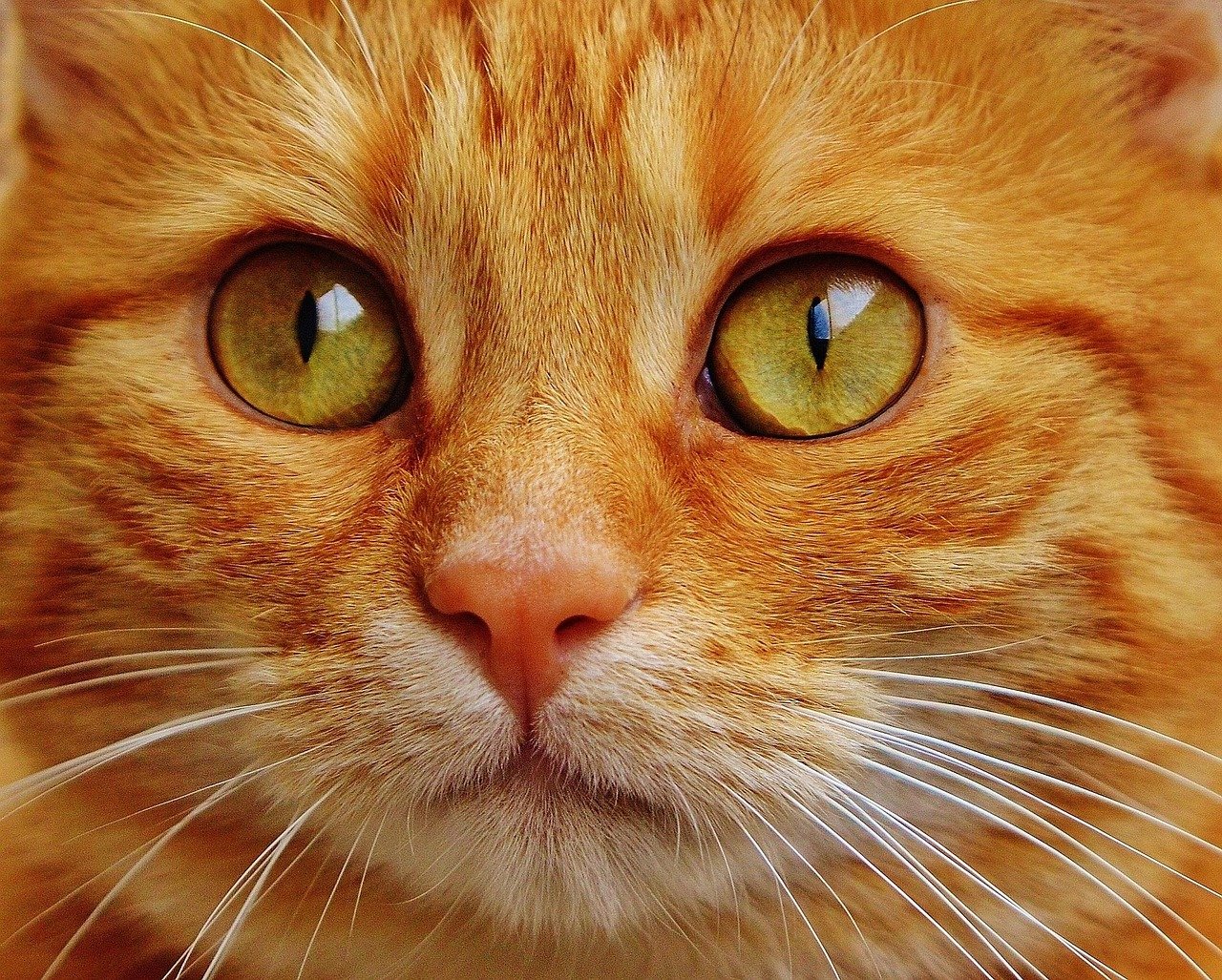
Cats use their eyes to say so much. Slow blinking at you is their way of saying, “I trust you” or “I love you”—it’s almost like a kitty kiss. When a cat’s eyes are wide open with pupils dilated, they might be excited, playful, or a bit startled. Narrowed eyes, on the other hand, can mean your cat feels safe and relaxed, or sometimes that they’re plotting their next sneaky move. If you ever catch your cat giving you a hard stare, it could be a bit of a challenge or a way to assert dominance, especially if it’s combined with a stiff posture. Quick darting glances might mean they’re anxious or looking for an escape route. It’s amazing how much your cat can “say” with just a look.
Ear Positions Speak Volumes
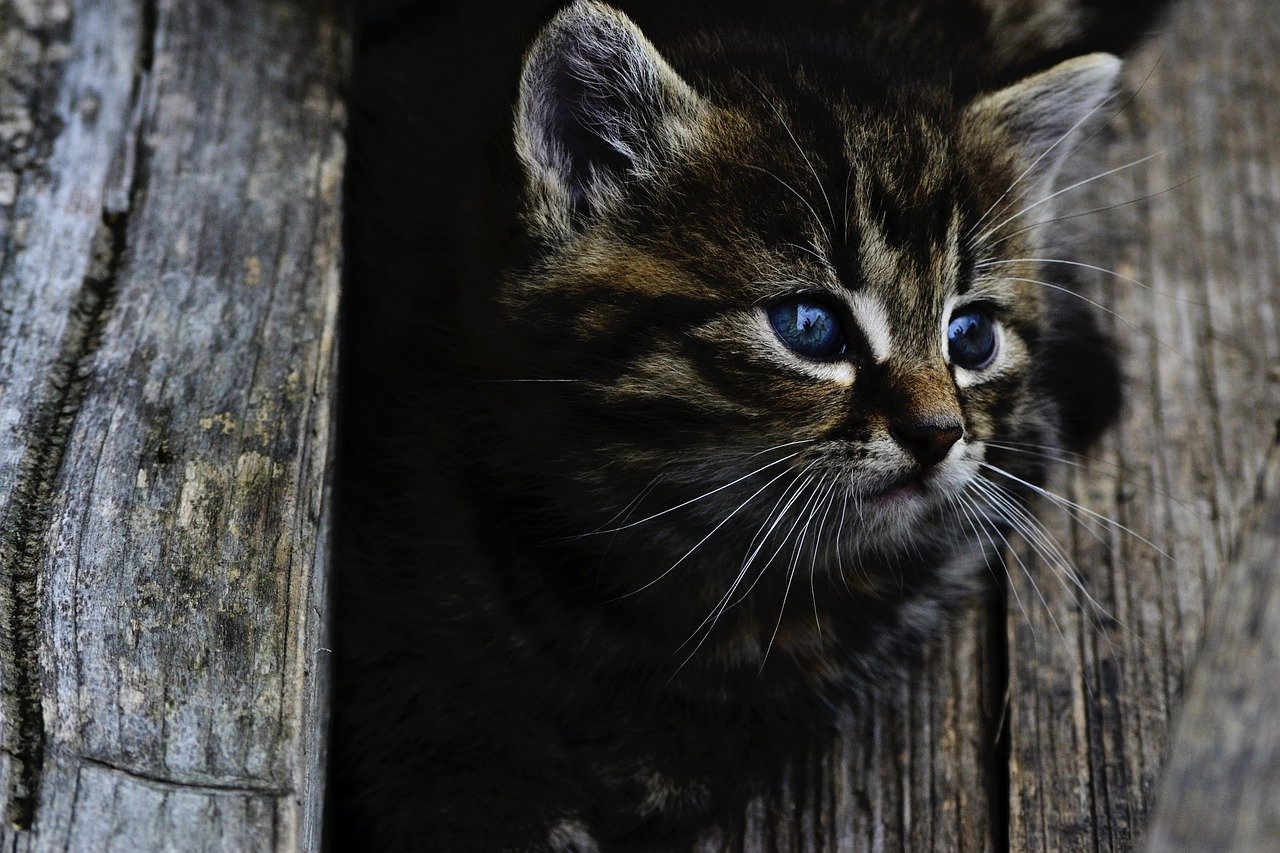
A cat’s ears are like little satellite dishes, picking up every sound and emotion. When the ears are perked up and facing forward, your cat is alert and interested, maybe in that bird outside the window or the sound of your footsteps. Ears that are turned to the side—what some people call “airplane ears”—often mean your cat is feeling uncertain or a bit cranky. If the ears are flattened against the head, it’s a clear sign of fear, aggression, or feeling threatened, much like us covering our ears during a loud noise. Ears that swivel back and forth rapidly can indicate your cat is overstimulated or trying to decide what to do next. Sometimes, one ear forward and one back means they’re focusing on two things at once—a true multitasker! Their ears rarely lie, and learning to read them can reveal your kitty’s inner thoughts.
Whisker Language
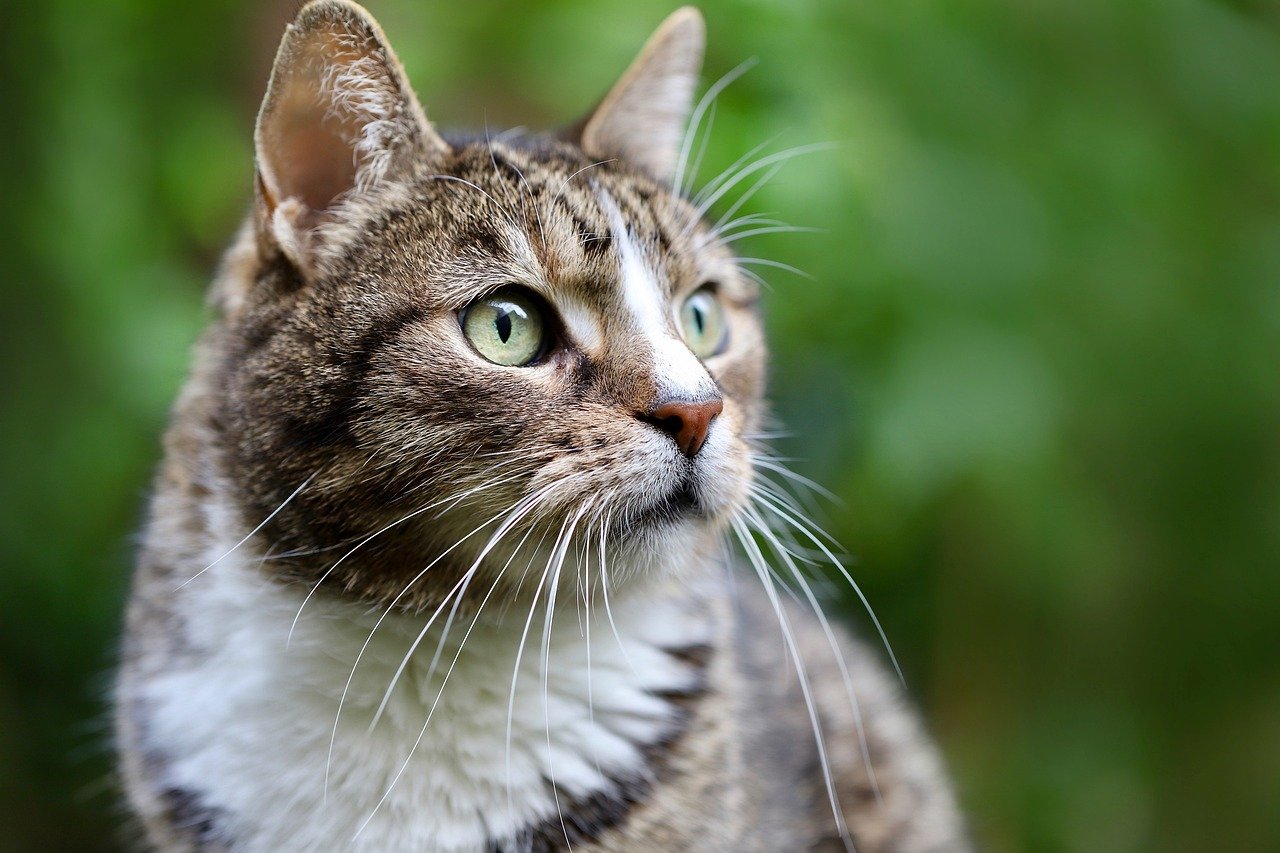
Whiskers aren’t just for measuring doorways; they’re like cat radar and mood indicators. When a cat’s whiskers are pushed forward, it usually means they’re curious, hunting, or playful—imagine a child leaning forward with anticipation. Whiskers pulled back against the face can signal fear, stress, or submission, showing your cat is uncomfortable. Neutral, relaxed whiskers mean your cat is calm and content, just enjoying the moment. During play or hunting, whiskers can angle forward in excitement, as if reaching out to grab the world. If you see your cat’s whiskers twitching, it might be a sign of dreaming or deep concentration. Whiskers are sensitive tools that help cats sense their environment, but they also help communicate their mood to you if you look closely.
Kneading and Paw Movements
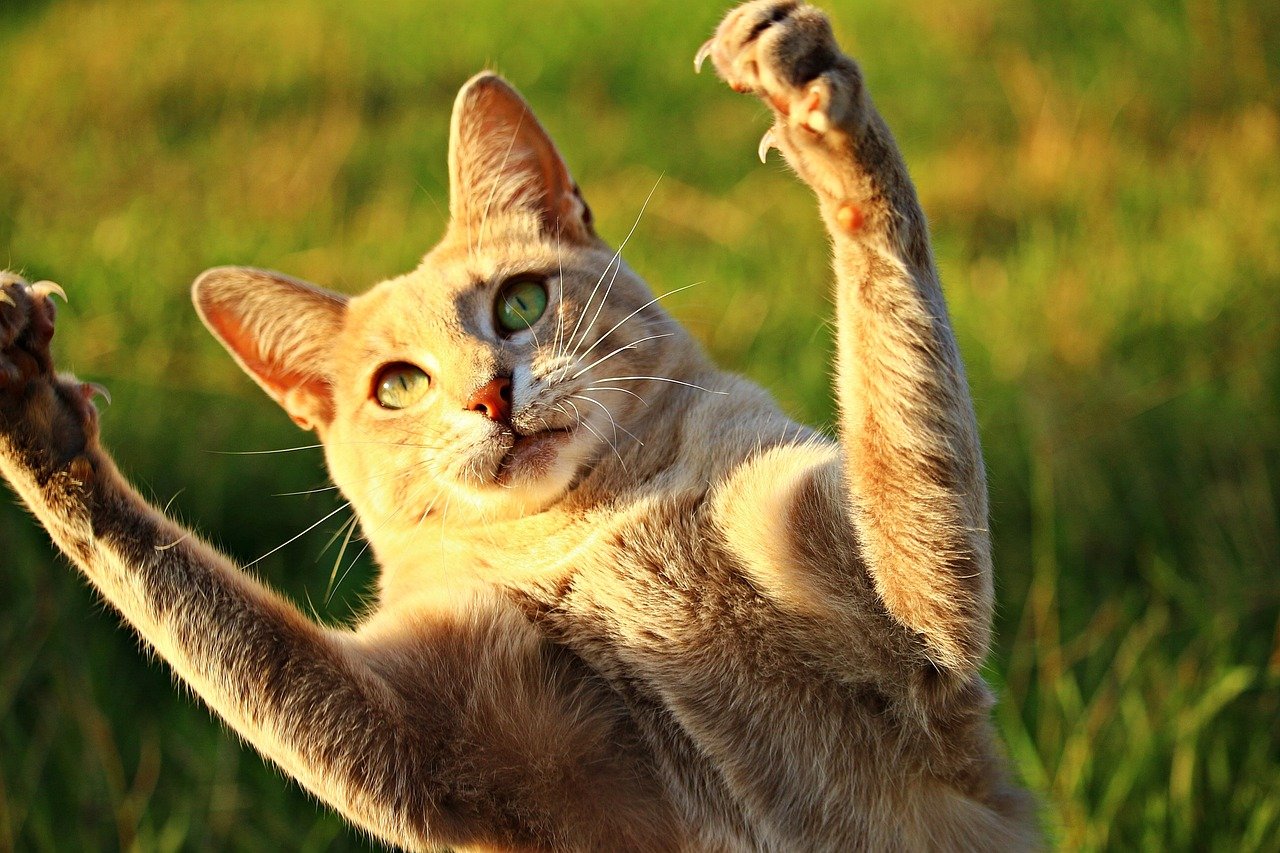
When your cat kneads you with their paws, it’s not just adorable—it’s deeply meaningful. This behavior, often called “making biscuits,” harks back to kittenhood, when kneading encouraged milk flow from their mother. Adult cats knead when they feel safe, content, or want to mark their territory, as their paws release scent from special glands. Some cats knead when they’re about to settle down for a nap, almost like fluffing up a pillow. Others use their paws to gently tap you, a soft request for attention or food. Scratching, meanwhile, serves both as territory marking and a stress reliever, not just as a way to sharpen claws. Paw movements are one of the most touching, physical ways your cat silently connects with you.
Body Posture and Position
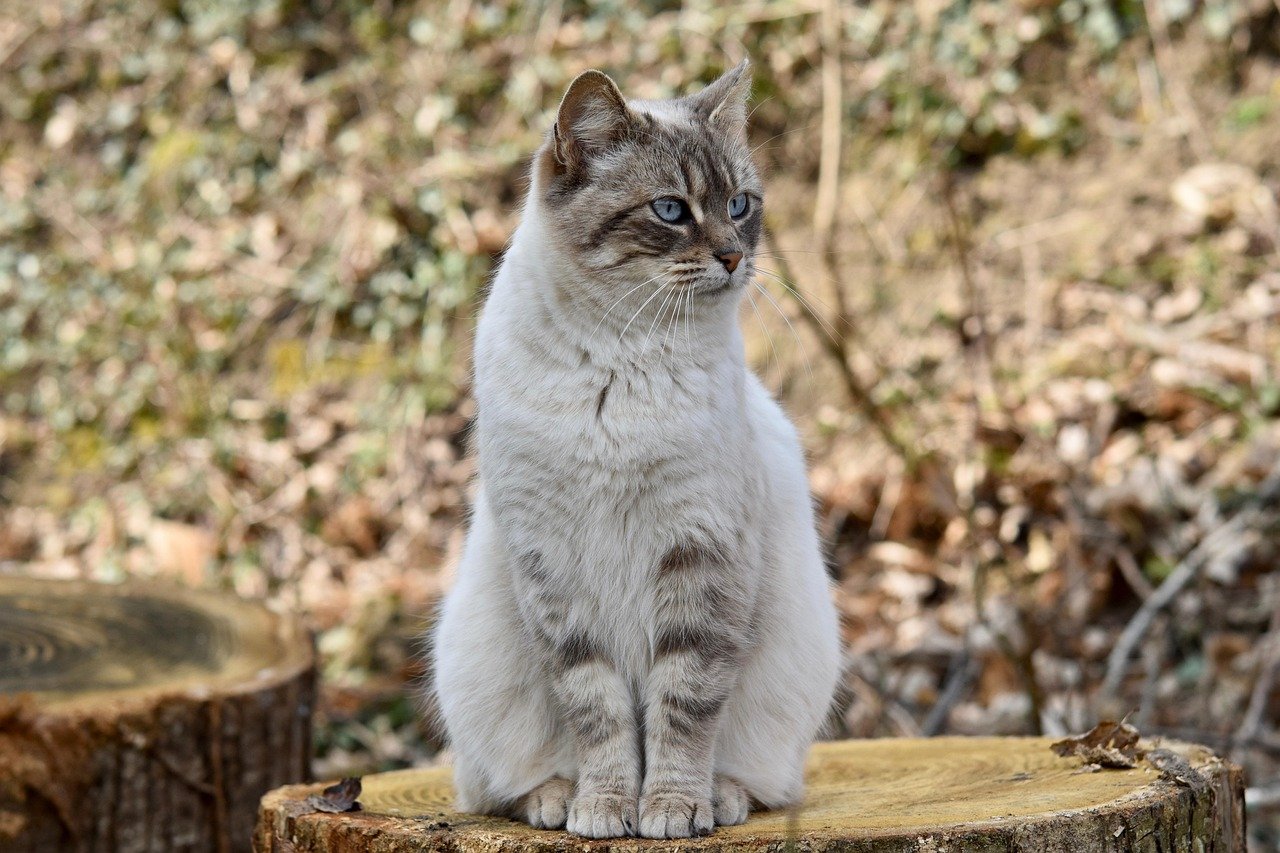
A cat’s posture can tell you everything you need to know about their mood. If they’re stretched out on their back with their belly exposed, that’s a sign of ultimate trust—cats don’t do this unless they feel safe. When your cat crouches low with muscles tense, it’s a sign they’re ready to pounce or feeling defensive, like a sprinter at the starting line. If your cat arches its back, it’s often a reaction to feeling threatened or startled—a classic “Halloween cat” pose. When they curl up tightly, it usually means they’re conserving warmth and feeling secure. Sitting upright and alert shows curiosity or interest in their surroundings. Watching how your cat positions itself around you can reveal a lot about how comfortable they feel in your presence.
Rubbing and Head Butting

If your cat has ever pressed its head against you or rubbed its cheeks on your hands, congratulations—you’ve been marked! Cats have scent glands on their cheeks and forehead, and when they rub or “head butt” you (called bunting), they’re leaving their scent as a way of saying, “You’re mine.” This is a deeply affectionate gesture, much like a hug among humans. Cats also use this behavior to mark territory, objects, and even other pets, creating a shared scent that bonds the group. You might notice your cat rubbing against the furniture or doorways for the same reason. Sometimes, cats will even rub against your legs when you come home—a silent, welcoming ritual. These silent signals are powerful ways your cat claims you as family.
Slow Blinking—The Kitty Kiss

The slow blink is one of the most heartwarming examples of feline silent language. When your cat looks at you and slowly closes and opens its eyes, it’s not being lazy—it’s giving you a sign of trust and affection. In the cat world, closing their eyes around someone means they feel safe, since cats are naturally on guard. If you return the slow blink, you’re telling your cat you trust them too, creating a beautiful, wordless bond. Some experts even call this gesture a “kitty kiss.” This mutual blinking can strengthen your relationship and make your cat feel even more at home with you. Next time your cat gives you this look, try slow blinking back—you might be surprised at the connection you feel.
Presenting the Belly
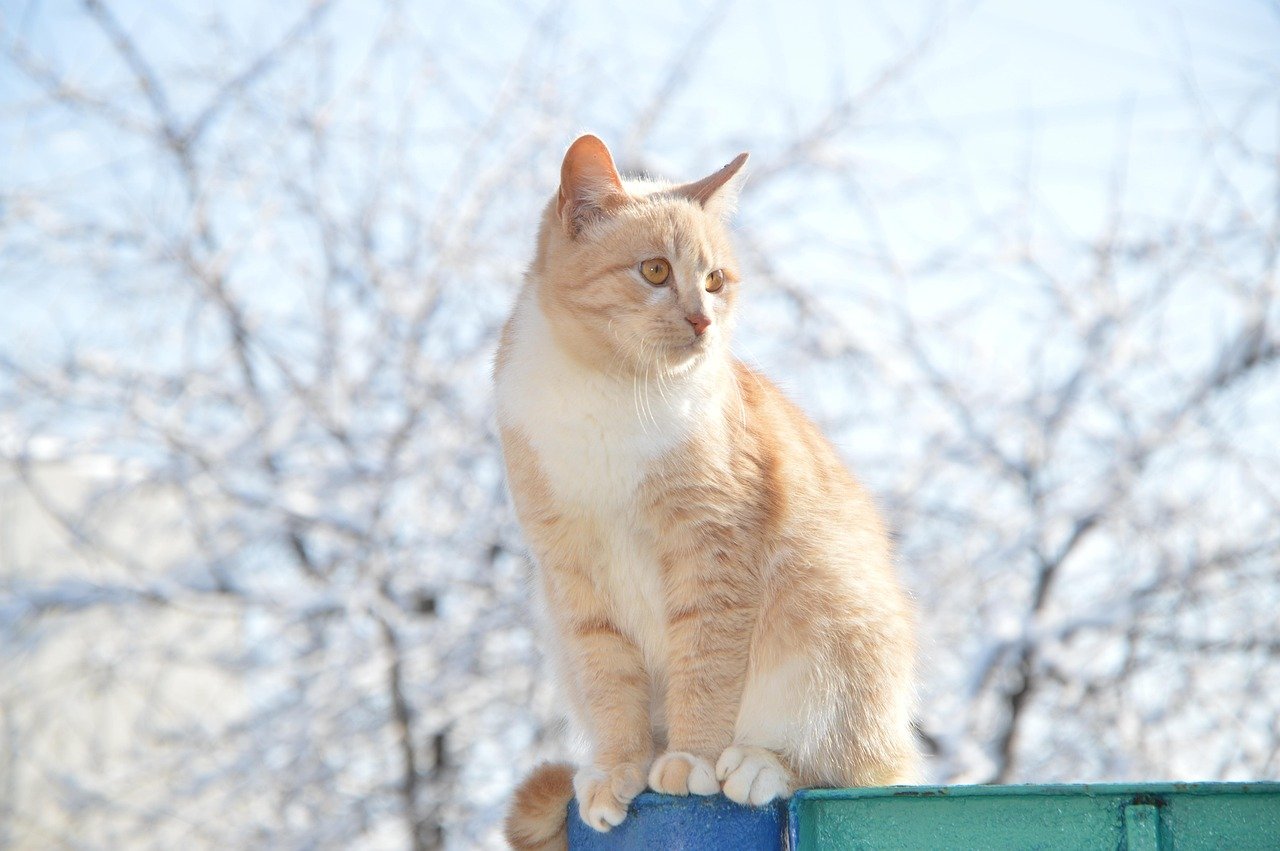
When a cat flops onto its back and shows its belly, it’s not always an invitation for a belly rub—though it’s tempting! In the wild, cats only expose their most vulnerable area when they completely trust those around them. At home, this gesture is a massive compliment, showing your cat feels safe and relaxed. Some cats enjoy gentle belly rubs, but others might react with a playful swat or nip, as their instincts kick in. It’s important to read the rest of their body language before reaching out. If your cat’s paws are relaxed and their tail is still, they’re probably just enjoying the moment. The exposed belly is a silent but powerful message of comfort and trust.
Following You Around
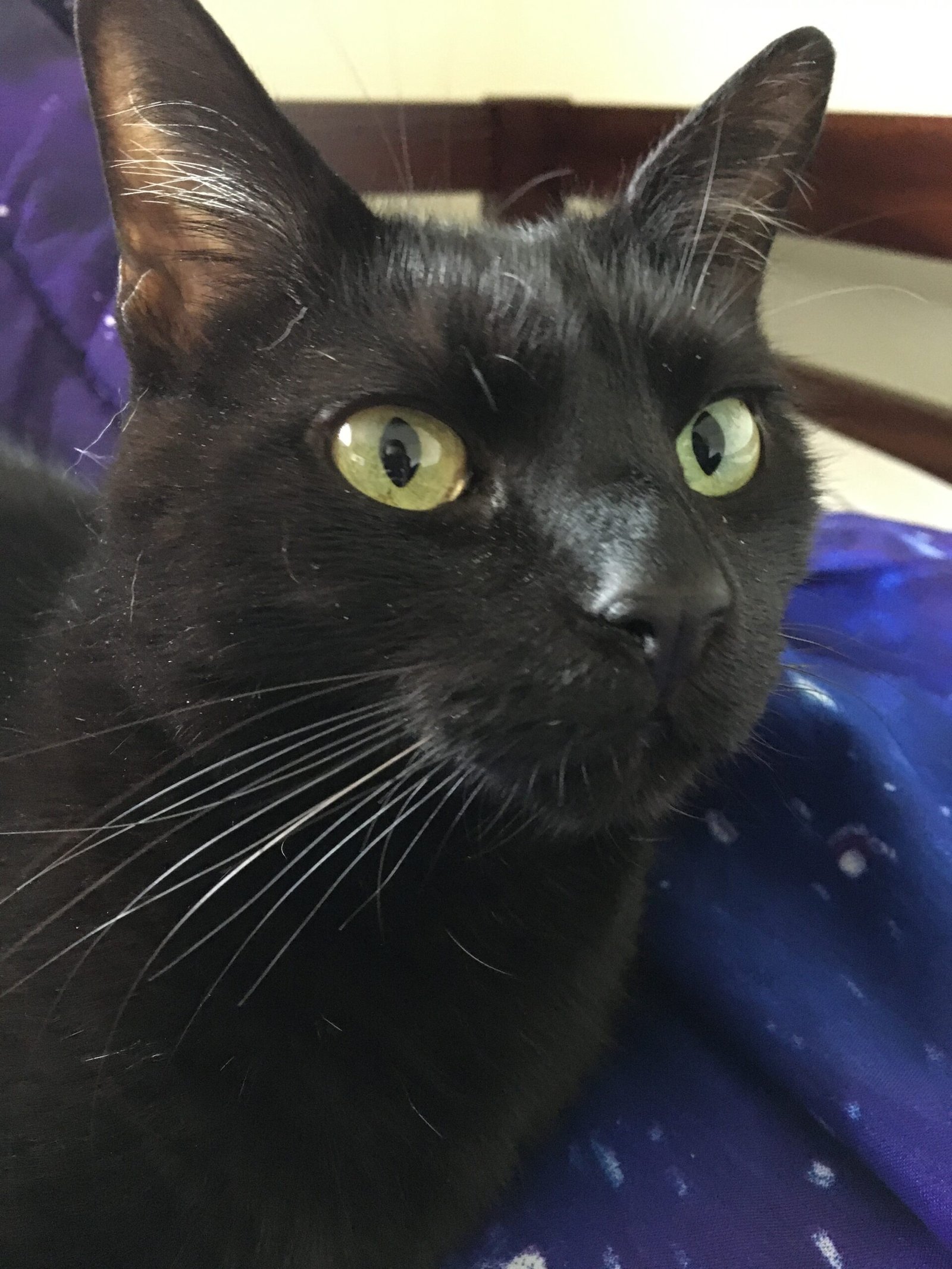
If you find your cat quietly trailing behind you from room to room, it’s not just about food or curiosity—it’s a sign of deep attachment. Cats are often thought of as independent, but many form strong bonds with their humans and like to keep them in sight. This shadowing behavior is a way of silently saying, “I want to be near you.” Some cats will wait outside the bathroom door or hop up next to you on the couch, just to stay close. Even without a meow, their presence is a comforting signal that you’re important in their world. It’s a silent companionship that speaks volumes, even in total silence.
Grooming and Licking
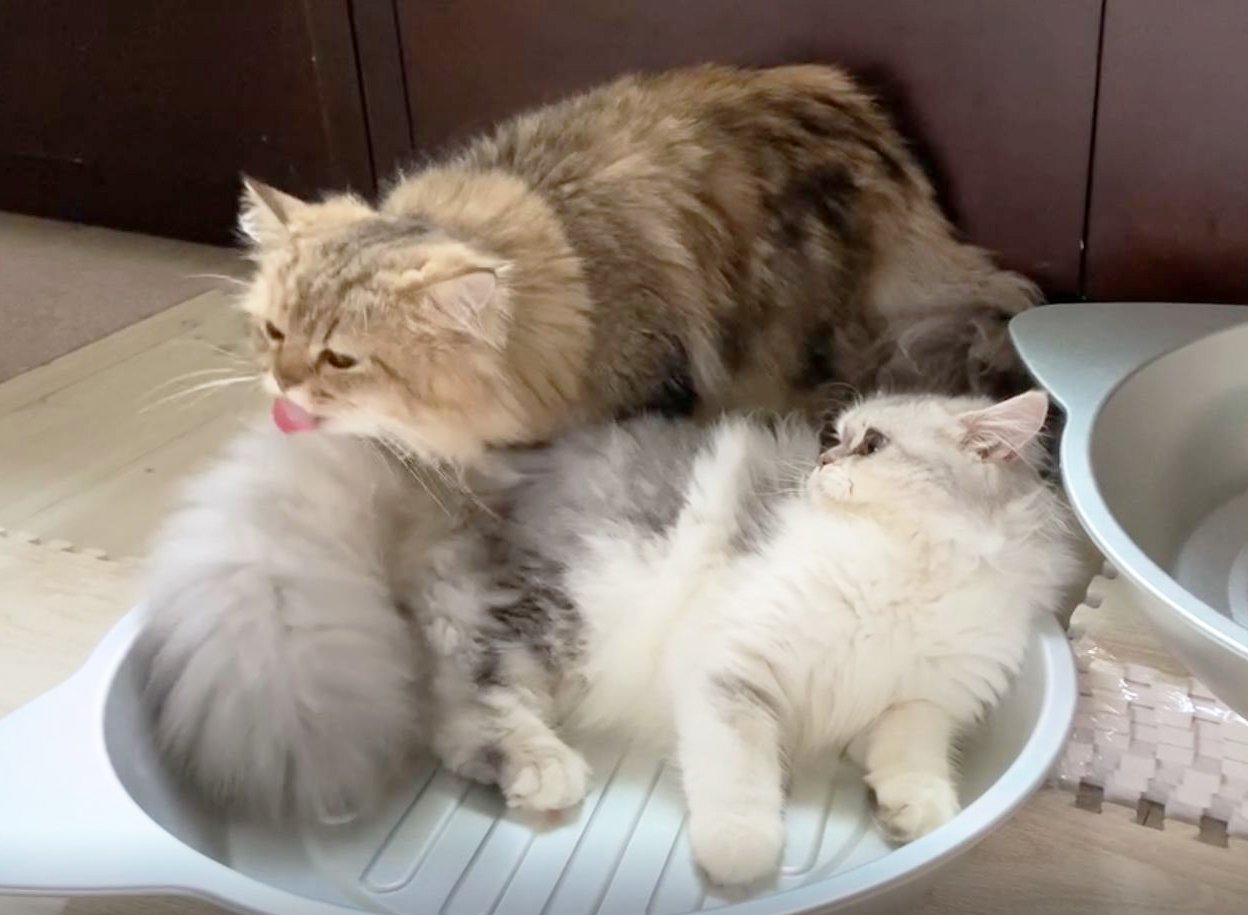
When your cat grooms you by licking your hand, arm, or even your hair, it’s not just about cleanliness. Cats groom each other to strengthen social bonds, and when they include you, they’re treating you as family. This behavior, called allogrooming, is a huge sign of trust and affection. Sometimes, your cat might groom themselves in your presence as a way of showing relaxation and comfort. If your cat licks other pets in the house, it’s usually a gesture of friendship or sibling-like care. However, over-grooming can sometimes signal stress—so keep an eye out for changes in this behavior. Overall, a cat’s grooming routine is a gentle, silent way of communicating love and belonging.
Gift Giving

Ever woken up to find a toy, or even a less appealing “gift,” like a bug or mouse, on your doorstep? Cats give gifts as a way of sharing their “catch” with those they care about. This instinct comes from their ancestors, who would bring food back to the family group. In the home, your cat might bring you socks, toys, or even bits of paper, hoping you’ll appreciate their hunting prowess. While the gifts can sometimes be a little shocking, the intention is always kind. Accepting these tokens—without scolding—shows your cat that you understand their silent form of sharing and gratitude.
Positioning During Sleep

The way your cat sleeps can reveal a lot about how they feel about you. Cats who choose to sleep on or near you are expressing deep trust, since sleep is when they’re most vulnerable. Some cats prefer curling up at your feet or beside your head, while others stretch out across your lap. If your cat covers their eyes with a paw or sleeps belly-up, it’s a sign they feel safe and secure. Group sleeping with other cats or pets in the house also signals harmony. Even in their dreams, cats are quietly communicating how much they value your presence.
Tail Wrapping Around You
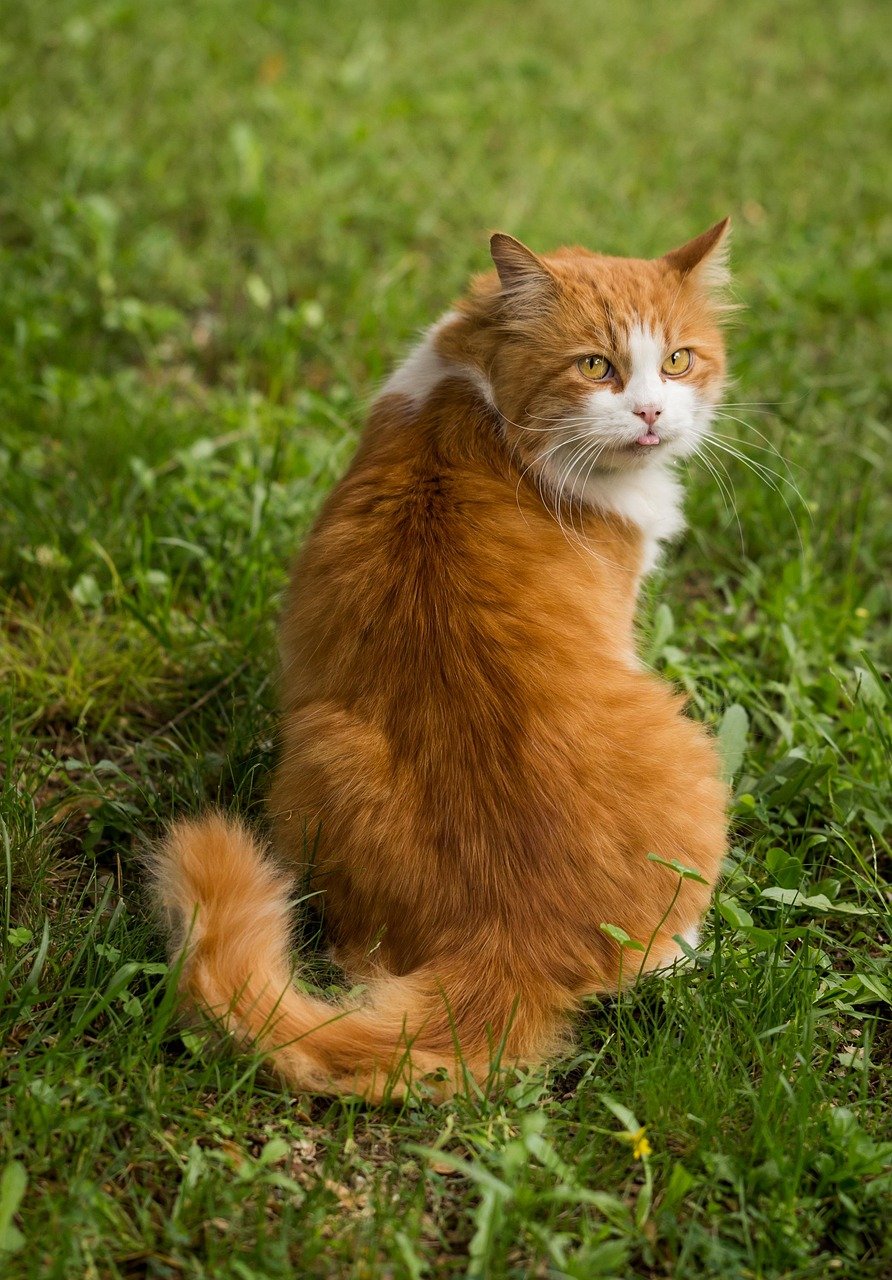
When your cat wraps its tail around your arm, leg, or another cat, it’s the feline equivalent of holding hands. This gesture is a sign of affection, comfort, and connection. In multi-cat households, you’ll often see cats intertwining tails as a way of saying, “We’re friends.” If your cat wraps its tail around you, it’s a special compliment—almost as if they’re claiming you as part of their group. This subtle, silent touch is one of the most tender ways your cat expresses love and security.
Silent Meows
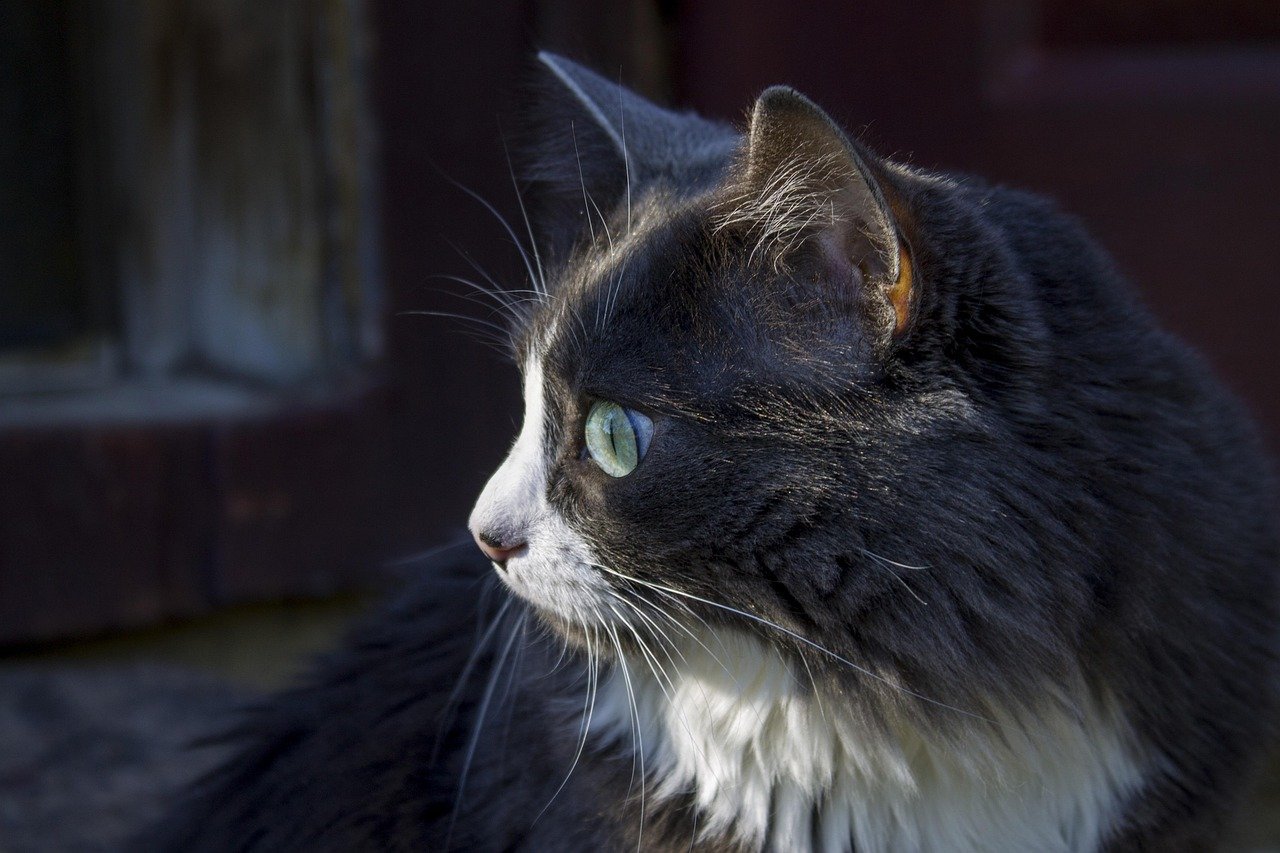
Sometimes, your cat might open its mouth as if to meow, but no sound comes out. These silent meows are often reserved for people they feel close to, as if sharing a private joke or secret. The gesture may be an attempt to get your attention or express affection in a quieter, more intimate way. Some cats use silent meows when they’re feeling especially content or relaxed, while others do it as a gentle plea for food or play. This “phantom” voice is a unique aspect of feline communication, every bit as expressive as a real meow.
Chin and Cheek Rubbing on Objects
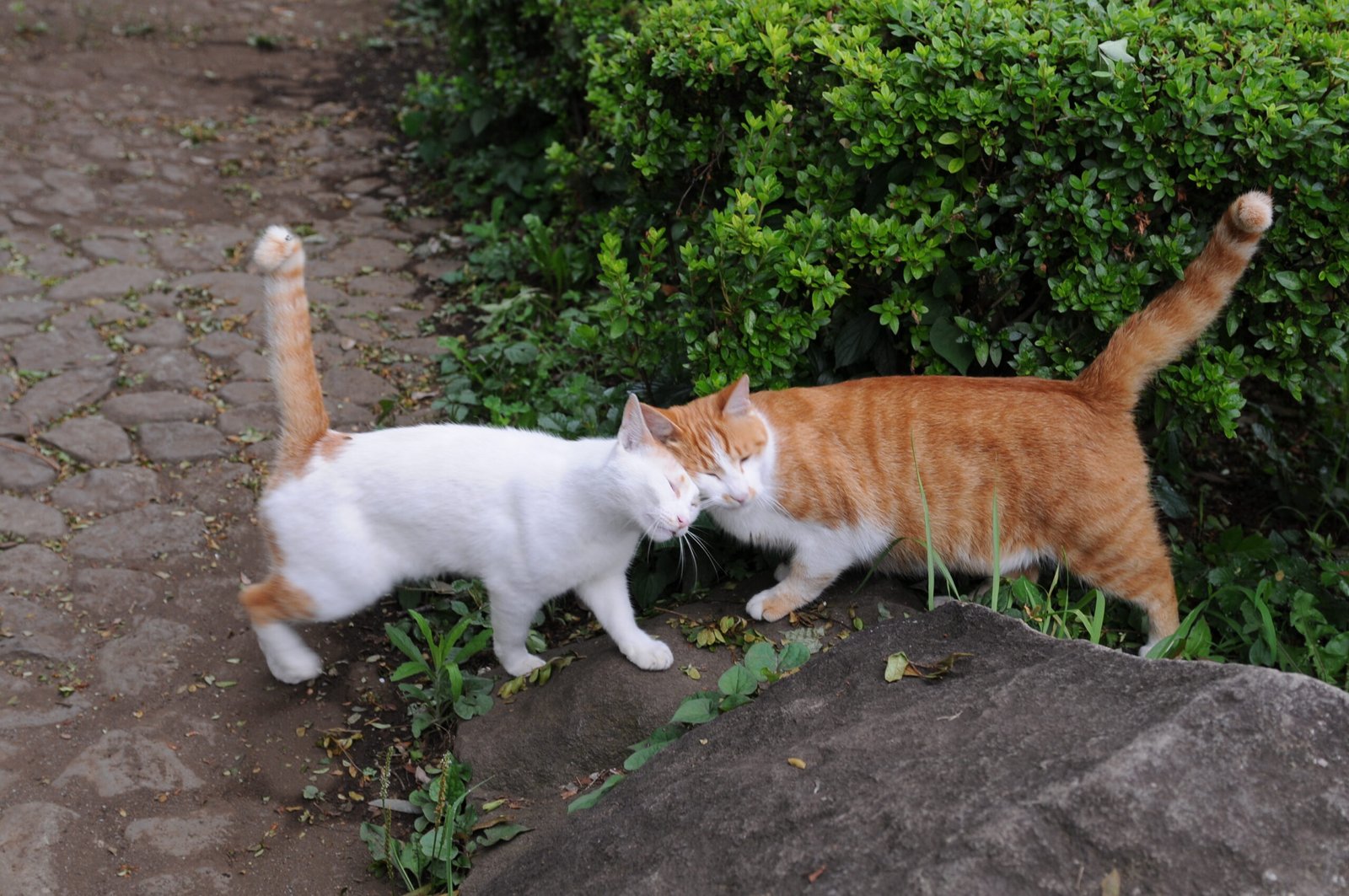
If you’ve ever noticed your cat rubbing its chin or cheeks on furniture, doorways, or even your shoes, they’re not just scratching an itch. Cats have scent glands in these areas, and by rubbing on objects, they mark their territory and create a familiar, comforting scent environment. This behavior is also a way of saying, “This is mine”—including you, if they rub on your belongings. It’s a silent, invisible form of communication that helps reduce stress and reinforce their sense of belonging. The next time your cat rubs on your favorite chair, know that it’s their way of claiming and sharing their home with you.
Body Blocking and Sitting on Objects
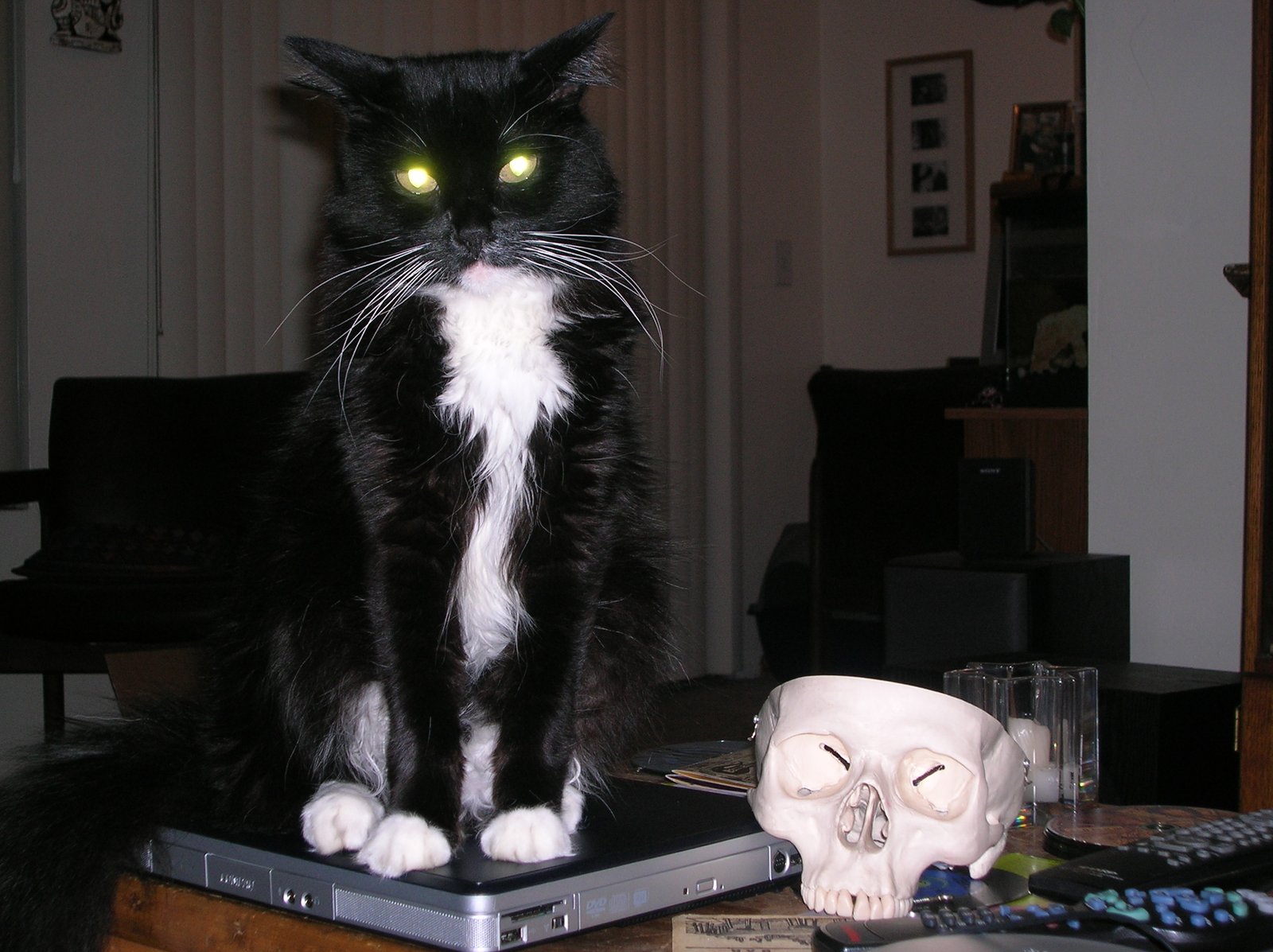
Cats have a knack for sitting right on top of your laptop, book, or newspaper—often when you’re most busy. While it might seem like mischief, this is a silent way of seeking attention and connection. By placing themselves between you and whatever you’re focused on, cats are saying, “Notice me!” Some cats use this tactic to redirect your focus back to them, especially if they feel ignored. It’s also a way of sharing their scent and marking you and your belongings as part of their territory. Though it can be a bit inconvenient, this behavior is actually a sign of affection and a desire for closeness.
Staring and Gazing

A cat’s gaze can be intense, almost hypnotic. When your cat stares at you for long stretches, they’re not just zoning out—they might be trying to communicate, gauge your mood, or simply enjoy your presence. A soft, relaxed stare usually means your cat feels safe and content. If the gaze is hard and unblinking, it could be a sign of challenge or curiosity. Sometimes, cats use their eyes to ask for something, like food or playtime, in a completely silent but unmistakable way. Learning to interpret your cat’s different gazes can deepen your bond and help you understand their needs.
Sleeping With Their Back to You
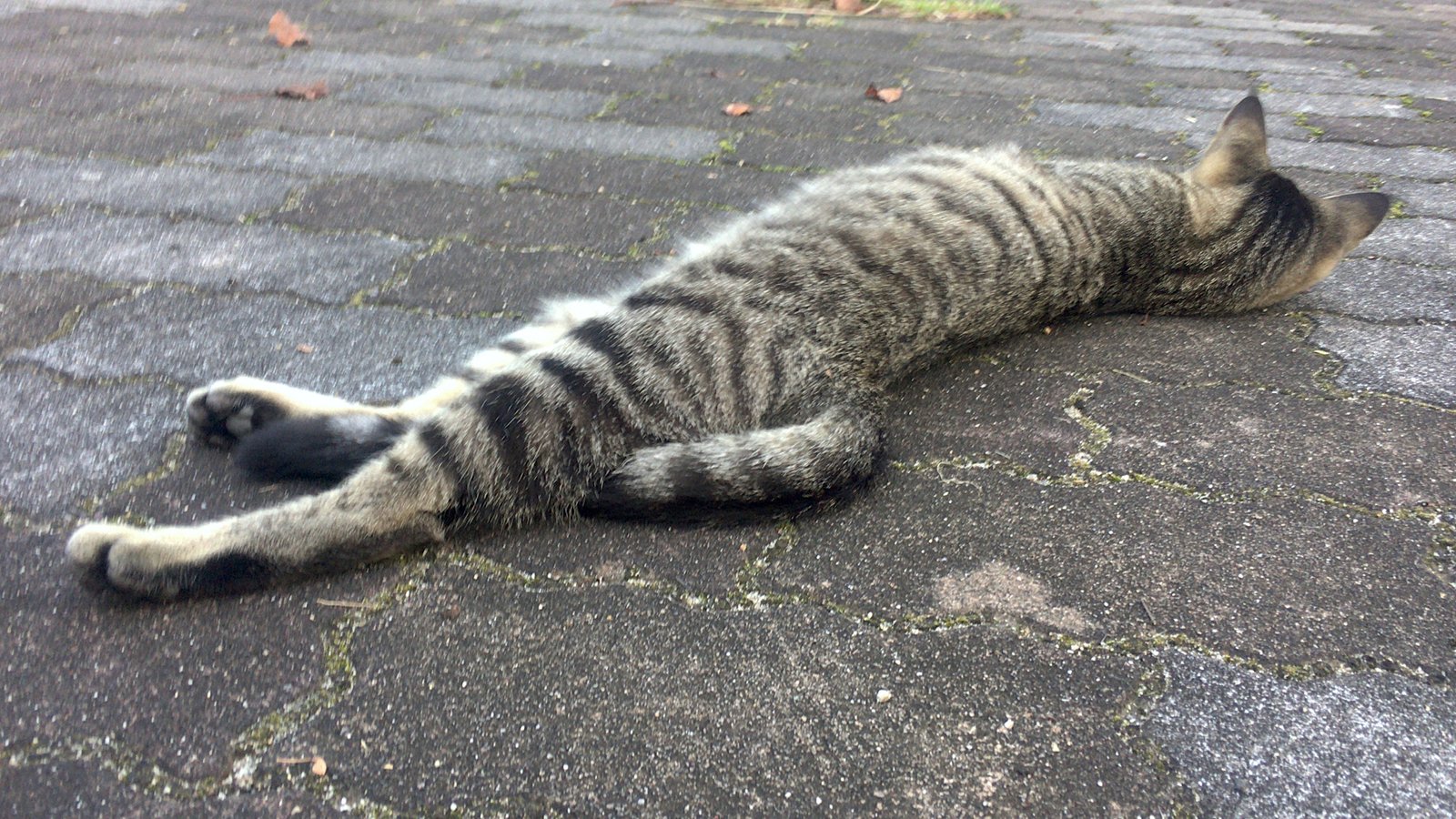
When a cat curls up with its back facing you, it’s not a snub. In fact, it’s a sign of trust and security. In the wild, animals will only turn their backs to those they trust deeply, since it leaves them vulnerable. Your cat is silently telling you they feel safe enough to let their guard down completely. This gesture is especially meaningful if your cat chooses to nap like this near you or another pet. It’s one of those subtle, wordless ways cats say, “I’m comfortable with you.”
Playful Pouncing and Stalking

Even without making a sound, a cat’s playtime antics are full of communication. A slow, stalking approach, followed by a sudden pounce, is an invitation to play or a display of their natural hunting skills. When cats play with each other, these movements help them establish social bonds and boundaries. If your cat “hunts” your feet from under the bed or chases a toy, they’re sharing a piece of their wild side with you. These playful gestures are not just about fun—they’re silent ways of expressing energy, affection, and the desire for interaction.
Touching With Paws—Gentle Taps

Sometimes, your cat will reach out with a soft paw and tap you, another cat, or even a toy. This gentle touch is a quiet request for attention, food, or playtime. It can also be a way of testing boundaries—like when your cat taps your face in the morning to wake you up. In multi-cat households, these paw taps are used to initiate play or signal a desire for closeness. If your cat touches you with their paw and leaves it there, it’s a sign of trust and comfort. These silent, gentle touches are some of the most intimate ways your cat connects with you.
Hi, I’m Bola, a passionate writer and creative strategist with a knack for crafting compelling content that educates, inspires, and connects. Over the years, I’ve honed my skills across various writing fields, including content creation, copywriting, online course development, and video scriptwriting.
When I’m not at my desk, you’ll find me exploring new ideas, reading books, or brainstorming creative ways to solve challenges. I believe that words have the power to transform, and I’m here to help you leverage that power for success.
Thanks for stopping by, Keep coming to this website to checkout new articles form me. You’d always love it!
